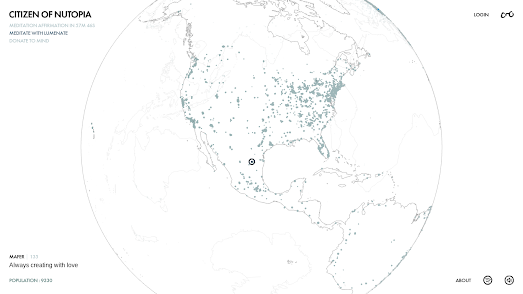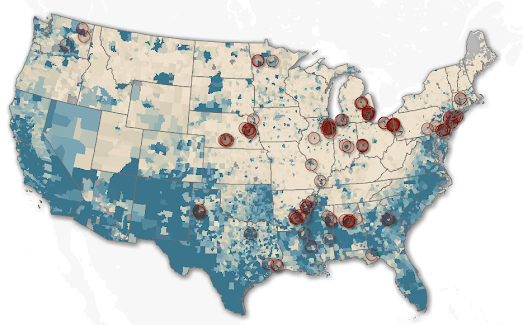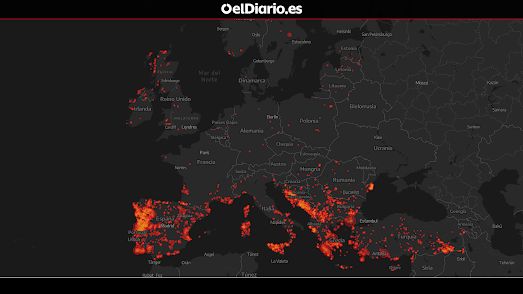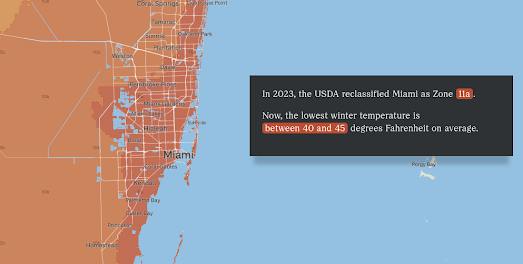Reuters reports that since December China has sent more than 100 balloons over Taiwan, often passing through air corridors used by civilian aircraft. It is unknown what the balloons are being used for, they could be weather balloons, but many suspect that they are being used to spy on Taiwan.
You may remember that in February last year many Americans became enraged by the presence of a Chinese balloon spotted over the United States. On that occasion the New York Times was able to use satellite imagery to work out the provenance of the balloon. In Tracking the Chinese Spy Balloon From Space the NYT was able to determine that the balloon had been launched from (or near) Hainan Island in China.
Reuters has now mapped out the flight paths of the balloons which have been spotted over Taiwan since December of last year. An animated scrollytelling map In Tracking China's 'grey zone' balloon flights over Taiwan visualizes the paths of all the possible Chinese spy balloons flying over the Southeast Asian island between December and April of this year.
The 'grey zone' reference in the Reuters headline hints at the news agency's take on the balloons as being used as gray-zone warfare, "designed to exhaust a foe using irregular tactics without resorting to open combat." Another data visualization in the Reuter's article shows that the balloons have been flying at much too low altitudes to be useful as weather balloons, indicating that they probably serve some other purpose.











